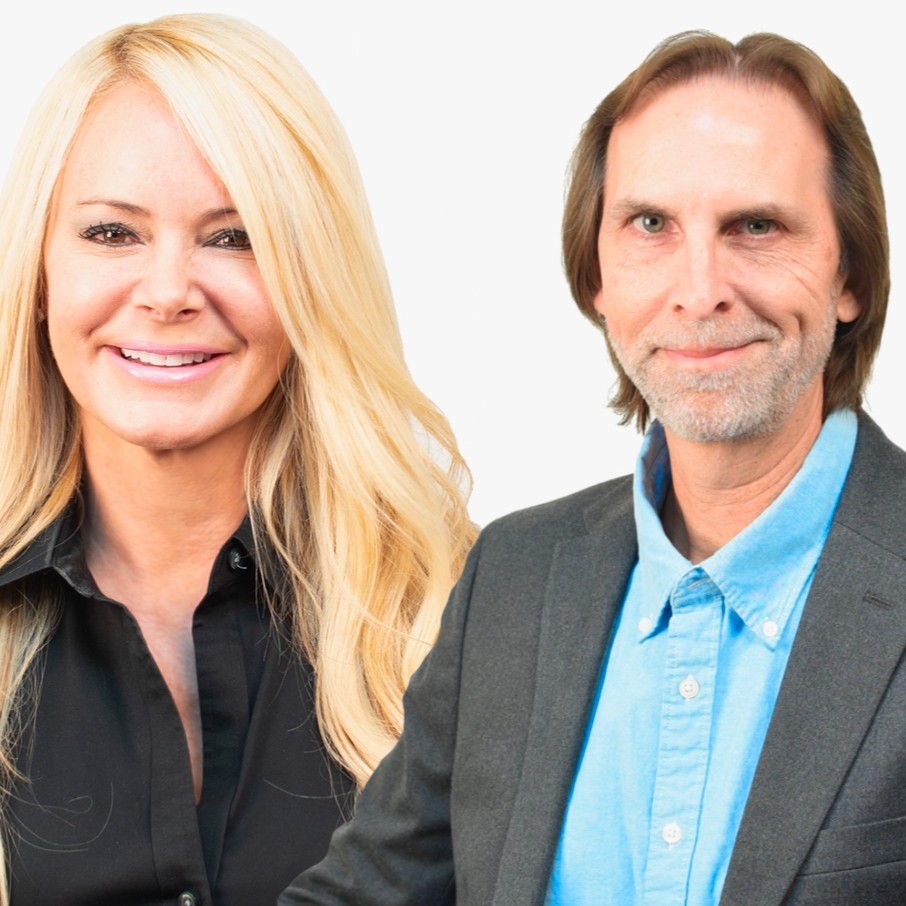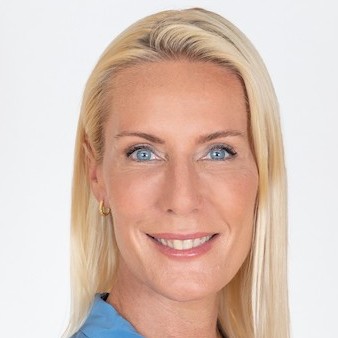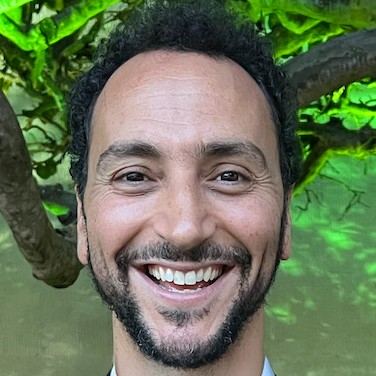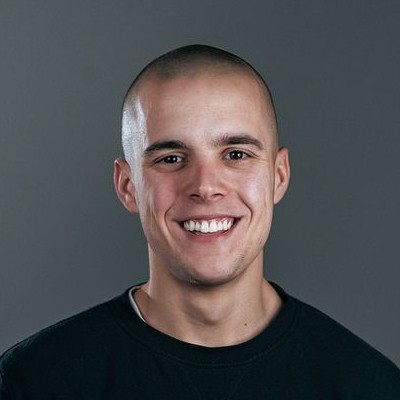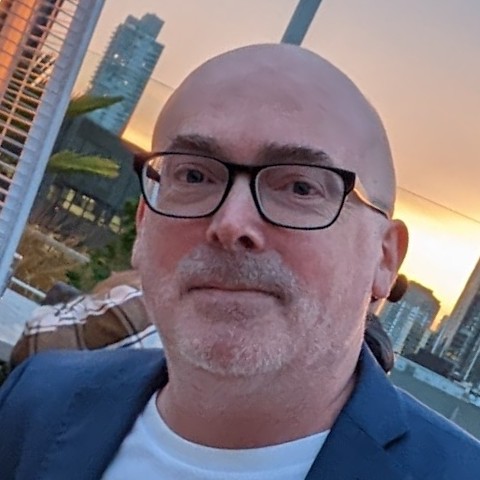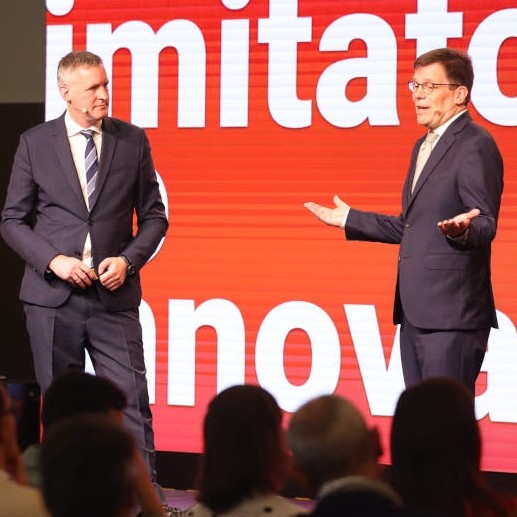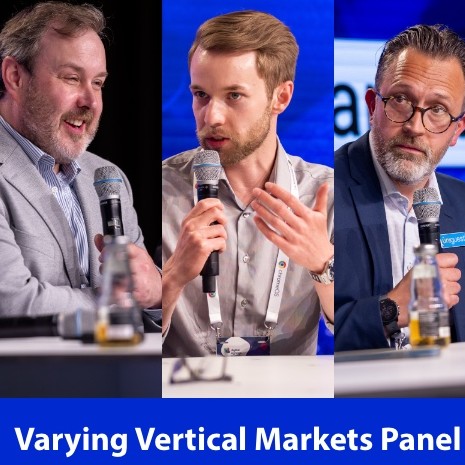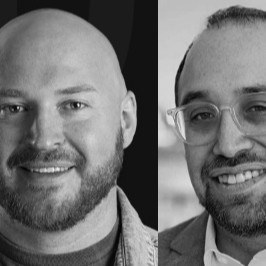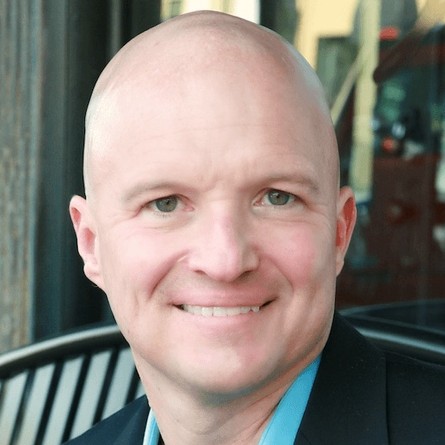Frank Hoen, Netpresenter
Description
The 16:9 PODCAST IS SPONSORED BY SCREENFEED – DIGITAL SIGNAGE CONTENT
When the pandemic hit and a lot of people started working from home, many digital signage CMS software companies started developing and releasing solutions that pushed the digital signage messaging more normally posted on screens around workplaces to the laptop and computer monitor screens in the formal or ad hoc workspaces created around houses and apartments.
It was a new but necessary feature for most companies, but something the Dutch company Netpresenter has been doing for almost 30 years. The software company started out with that problem in mind, borrowing on the concept of screensavers to create what it calls desktop digital signage. Over time, it added more conventional digital signage capabilities for workplaces - a solution that founder Frank Hoen says is not an add-on, but as robust as the many, many, many other CMS options out there.
Along with offering a lot of integrations with business systems like SharePoint, the Netpresenter platform is very deep when it comes to triggered alerts for things like emergencies. That was developed in the wake of 9/11, when Netpresenter's US office in the World Trade Center complex was lost in the terror attack.
Netpresenter has more than 5 million active users globally, from SMB to huge multi-nationals and government agencies that see screens on desktops and walls as the most effective way to reach and update its workers. While most of that footprint is desktop digital signage, Hoen says at least five percent of Netpresenter's software licenses are being used for conventional digital signage in workplaces.
Subscribe from wherever you pick up new podcasts.
TRANSCRIPT
Frank, thank you for joining me. I have been aware of Netpresenter for the longest time, but we've never actually chatted, and it's interesting that you're one of the oldest companies out there but not terribly well known.
Frank Hoen: We're all over the United States. We have hospitals like George Washington Memorial Hospital and big hospital chains across the US, for example, oil refineries in the Middle East, and military installations. There is just a lot of oil, a lot of industries, and a lot of offices across the globe that use our software, and it's been a while, so we have a couple of very interesting customers.
One of the very earliest ones was the US Space Command, I believe, in 1995. Can you imagine that? Those were the days of PointCast, and everybody was saying it was the next big thing.
I remember PointCast.
Frank Hoen: Which was a dragon of a piece of software. It was terrible.
Sucked all the bandwidth!
Frank Hoen: Yeah, and it is interesting because, actually, the beginnings of Netpresenter could be traced back to the fact that we were selling one of the big brands of signage out there. I can tell you it was a Scala, Commodore Amiga, which was expensive as hell. They tried to bridge TV to the PC, and well, you know, they weren't that successful. Windows was not very multimedia-oriented then, and it didn't go that well, in the beginning, at least.
We saw that, and we didn't want to build a signage solution or compete with them, but what we did see is that for the first time, all these computers out there with screens, which were managed, which were there, were available, and they were interconnected, and so you start to experiment. You put some images and videos on the server, and then the server comes down because of all the bandwidth. So we introduced some smart caching, and voila, Netpresenter was born.
It was kind of an interesting beginning, but big companies like Nokia, Sony, and the early pioneers picked up on it, and one of our early customers was actually a US Space Command. And so I literally started going to the trade show. I came across a Marine who was in this battle group who used Netpresenter, and I never heard of the people. I didn't know they were using it. They might have copied it from one Navy server to other ships, but what can you do? It's a nice story now.
So you have interesting roots in that since COVID became a thing, the pandemic bubbled up, and a lot of people were working from home. A lot of “conventional” or “mainstream” digital signage companies branched into making effective screensavers, pushing information to desktops for work-from-home people.
You, on the flip side, started as a corporate screensaver company that then evolved and expanded into doing digital signage as well, correct?
Frank Hoen: Well, yes, and if I may add, and taking it a bit back from COVID, we had an office in Twin Towers, and when obviously that happened, and all the people who I knew had died, we were like, could we have actually maybe contributed in a positive way and then trying to prevent when something similar happens to be able to save more people? And that was the beginning of what we call our Emergency Alert Capability of Netpresenter.
So, sir, you had an office in the World Trade Center?
Frank Hoen: Yes.
Wow.
Frank Hoen: So, that was one of those pivotal moments. Obviously, COVID was as well, and I'll get back to that. But, imagine this, there, and suddenly boom, and it was, yeah, obviously terrible. But it was for us. We were like, let's introduce emergency alerts in our platform so that our customers can actually use this for emergency evacuations, fire, aiding and fire alerts, giving specific information, active shooter, tornado warnings, and the software has been with us since then, basically, and to this day, many us hospitals actually use our software for that specifically as well, for example.
Still, we have whole countries that are actually running the Netpresenter software, including the screens, all these tools, apps, and push notifications. This is a full omnichannel emergency alert system capable of serving whole countries. They're running software. So if people are buying, and that's my point, if people are buying Netpresenter, they're buying something that literally whole countries depend on to address millions and millions immediately. So, we have seen quite a few copycats over the years, and I always felt, and so our developers, they had a very high shareware component in there. It was kind of like hack on the hack. Obviously, then those, what we have very often seen is people start off with that because they have rock bottom prices, obviously, because they can't compete on features. Still, eventually, those customers end up at us.
If you need to run on corporate devices, mobile devices, PCs, and all these things and networks. The last thing you want is for that piece of software to be installed, which kills your bandwidth and causes all kinds of problems. There are big organizations, especially in hospitals and other places, that they choose for quality, and that means. You know, we're not the cheapest solution out there, most expensive either, but we've had many customers for 20-plus years. What IT company can say that?
Not a lot. So, when you're asked to describe your company, do you say you're a digital signage software company or something else?
Frank Hoen: We're into corporate communications. Basically, this is a corporate communication platform. We do say that we have signage for the big screens, desktop digital signage for all existing PCs, app solutions, alerts, notifications, tickers, and all kinds of tools, basically any device in the organization.
I always use the parallel of a hospital. There are big screens hanging there. We provide those; we run on those. There's all the PCs, we run on those. We run on the tablets. We run on mobile devices. There's the alert notification as well. The whole thing integrates with things already available. In organizations such as SharePoint integrations, that's not many organizations that offer that.
So basically, organizations invest a lot in their intranets in their SharePoints and similar intranets, but predominantly SharePoint if organizations have Windows, but very few people are seeing the content. So that's problematic. There's a saying it's difficult to be famous if nobody recognizes you, and it's essentially here we are, they have invested a lot of money in that. So obviously, things like signage solutions, big screens, and being able to distill headlines literally, need-to-know, must-know information from intranets, that's a killer app that really is bringing the most elegant way and big heritage of push that's bringing content, throughout organizations, fully automated, and that's just beautiful because number one: organizations, they are popularizing the internet, but number two: they're the headlines of what organizations should know, everybody sees them, and that's just very cool.
Your website says you have about 5 million active users. I assume a pretty high percentage of that is desktop digital signage, as you describe it. What percentage would you attribute to the larger screens sprinkled around an office building?
Frank Hoen: Well, it's actually relatively high—I would say somewhere between 5% and 10%—and it's significant.
So you got a pretty big footprint out there.
Frank Hoen: Yeah, and the interesting thing is that we have customers who pay per annum or per month. The rule is, if it ain't broken, don't fix it. So if customers are happy and you keep adding relevant new features, they stay.
Well, if you've had customers for 20 years, that's a pretty good endorsement.
Frank Hoen: Yeah, and that actually brings in the fact that IT revolutions come and go, and listening ver


